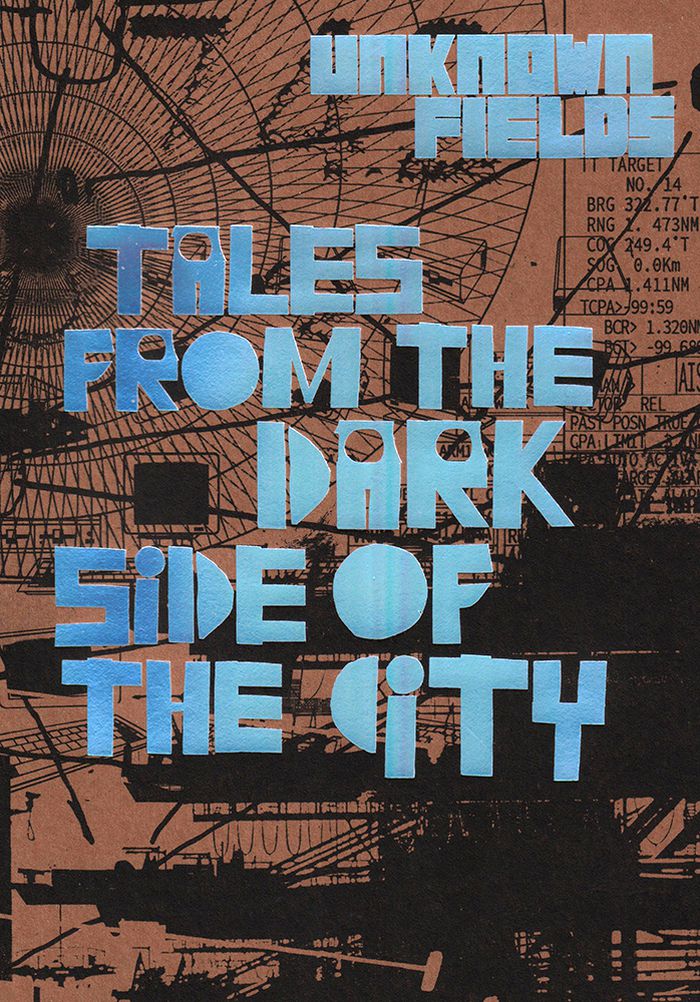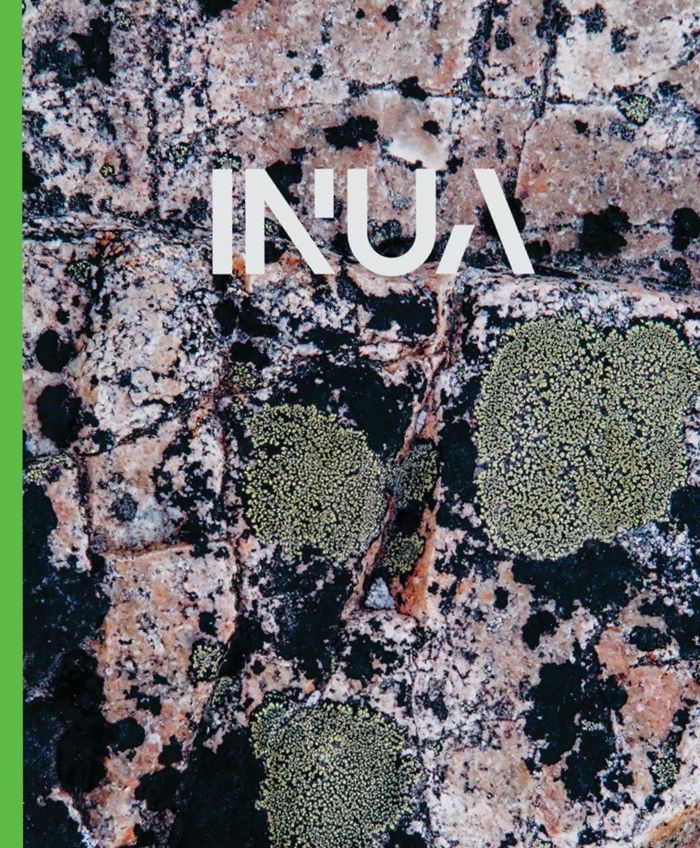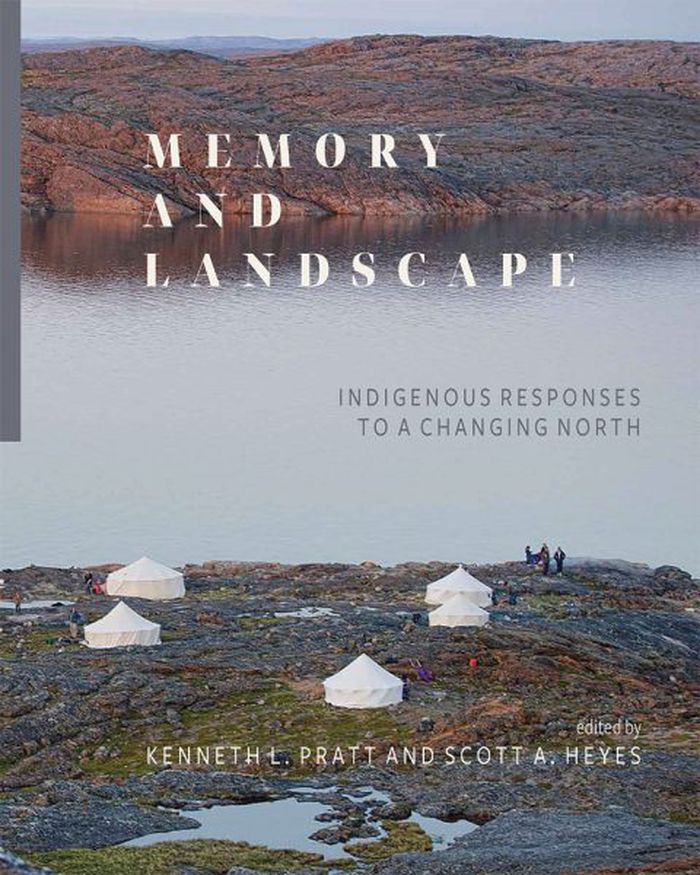$72.00
(disponible sur commande)
Résumé:
Unknown Fields is a nomadic design studio that ventures out on expeditions into the shadows cast by the contemporary city, to uncover the industrial ecologies and precarious wilderness its technology and culture set in motion. "Tales from the dark side of the city" is a book series that forms an atlas to the territories and stories of a city that stretches across the(...)
novembre 2016
Tales from the dark side of the city, box set
Actions:
Prix:
$72.00
(disponible sur commande)
Résumé:
Unknown Fields is a nomadic design studio that ventures out on expeditions into the shadows cast by the contemporary city, to uncover the industrial ecologies and precarious wilderness its technology and culture set in motion. "Tales from the dark side of the city" is a book series that forms an atlas to the territories and stories of a city that stretches across the entire planet, a city that sits between documentary and fiction, a city of dislocated sites, of drone footage and hidden-camera investigations, of interviews and speculative narratives, of toxic objects and distributed matter from distant grounds. They are a collection of tales from the constellation of elsewheres that are conjured into being by the city’s wants and needs, fears and dreams. The series includes stories developed from expeditions through Bolivia and the Atacama Desert, the Western Australian Outback, the South China Sea and Inner Mongolia, the gemfields of Madagascar, Far North Alaska and the black sites of the United States.
$56.00
(disponible sur commande)
Résumé:
''INUA: Inuit Nunangat Ungammuaktut Atautikkut (Inuit Moving Forward Together)'' refers to the life force of all things. As an acronym, it also speaks to our collective vision for Qaumajuq as a place for Inuit to work together towards an exciting new future in the arts, foregrounded by our shared culture and language. The exhibition includes approximately 100 works of art(...)
INUA: Inuit Nunangat Ungammuaktut Atautikkut/ Inuit Moving Forward Together
Actions:
Prix:
$56.00
(disponible sur commande)
Résumé:
''INUA: Inuit Nunangat Ungammuaktut Atautikkut (Inuit Moving Forward Together)'' refers to the life force of all things. As an acronym, it also speaks to our collective vision for Qaumajuq as a place for Inuit to work together towards an exciting new future in the arts, foregrounded by our shared culture and language. The exhibition includes approximately 100 works of art made by 91 artists—from the 1940s to the present—including works from the WAG and Government of Nunavut collections, fifteen commissioned artworks, and loans from across Canada, Alaska and Greenland. INUA is curated by four Inuit and Inuvialuit curators, representing the four regions of Inuit homelands in Canada today. From east to west, they are: Dr. Heather Igloliorte (Nunatsiavut); asinnajaq (Nunavik); Krista Ulujuk Zawadski (Nunavut) and Kablusiak (Inuvialuit Nunangit Sannaiqtuaq). It is also supported by many other Inuk contributors; Project Manager Jocelyn Piirainen; Exhibition Designer Nicole Luke; Graphic Designer Mark Bennett; Educator Kayla Bruce; and WAG Board Member & Indigenous Advisory Circle senior member, Theresie Tungilik.
Expositions en cours
$59.99
(disponible sur commande)
Résumé:
The North is changing at an unprecedented rate as industrial development and the climate crisis disrupt not only the environment but also long-standing relationships to the land and traditional means of livelihood. This publication explores the ways in which Indigenous peoples in the Arctic have adapted to challenging circumstances, including past cultural and(...)
Memory and landscape: Indigenous responses to a changing North
Actions:
Prix:
$59.99
(disponible sur commande)
Résumé:
The North is changing at an unprecedented rate as industrial development and the climate crisis disrupt not only the environment but also long-standing relationships to the land and traditional means of livelihood. This publication explores the ways in which Indigenous peoples in the Arctic have adapted to challenging circumstances, including past cultural and environmental changes. Contributors document how Indigenous communities in Alaska, northern Canada, Greenland, and Siberia are seeking ways to maintain and strengthen their cultural identity while also embracing forces of disruption. Indigenous and non-Indigenous contributors bring together oral history and scholarly research from disciplines such as linguistics, archaeology, and ethnohistory. With an emphasis on Indigenous place names, this volume illuminates how the land—and the memories that are inextricably tied to it—continue to define Indigenous identity. The perspectives presented here also serve to underscore the value of Indigenous knowledge and its essential place in future studies of the Arctic.
Expositions en cours
livres
$34.95
(disponible sur commande)
Résumé:
Do Glaciers Listen? explores the conflicting depictions of glaciers to show how natural and cultural histories are objectively entangled in the Mount Saint Elias ranges. This rugged area, where Alaska, British Columbia, and the Yukon Territory now meet, underwent significant geophysical change in the late eighteenth and nineteenth centuries, which coincided with dramatic(...)
Do glaciers listen? Local knowledge, colonial encounters, and social imagination
Actions:
Prix:
$34.95
(disponible sur commande)
Résumé:
Do Glaciers Listen? explores the conflicting depictions of glaciers to show how natural and cultural histories are objectively entangled in the Mount Saint Elias ranges. This rugged area, where Alaska, British Columbia, and the Yukon Territory now meet, underwent significant geophysical change in the late eighteenth and nineteenth centuries, which coincided with dramatic social upheaval resulting from European exploration and increased travel and trade among Aboriginal peoples. European visitors brought with them varying conceptions of nature as sublime, as spiritual, or as a resource for human progress. They saw glaciers as inanimate, subject to empirical investigation and measurement. Aboriginal oral histories, conversely, described glaciers as sentient, animate, and quick to respond to human behaviour. In each case, however, the experiences and ideas surrounding glaciers were incorporated into interpretations of social relations. Focusing on these contrasting views during the late stages of the Little Ice Age (1550-1900), Cruikshank demonstrates how local knowledge is produced, rather than discovered, through colonial encounters, and how it often conjoins social and biophysical processes. She then traces how the divergent views weave through contemporary debates about cultural meanings as well as current discussions about protected areas, parks, and the new World Heritage site.
livres
avril 2006
Théorie de l’architecture
$55.95
(disponible sur commande)
Résumé:
In 1988, photographer Sandy Sorlien set out on a series of journeys to document the rich architectural heritage that America is losing to the cheap and banal design aesthetic of tract housing, strip malls, and big-box stores. Her eight-year odyssey took her over ninety thousand miles of back roads to every state in the Union in search of homes that reflect and define the(...)
Fifty houses : images from the American road
Actions:
Prix:
$55.95
(disponible sur commande)
Résumé:
In 1988, photographer Sandy Sorlien set out on a series of journeys to document the rich architectural heritage that America is losing to the cheap and banal design aesthetic of tract housing, strip malls, and big-box stores. Her eight-year odyssey took her over ninety thousand miles of back roads to every state in the Union in search of homes that reflect and define the region in which they stand. After making over a thousand "house portraits," Sorlien has chosen one representative image from each state and collected them in Fifty Houses. Shot with black-and-white infrared film, the homes captured through Sorlien's lens range from the grand to the humble, from the historic to the commonplace. Included here are a classic saltbox in Newtown, Connecticut; the House on the Rocks in Rhode Island's Narragansett Bay; a mobile home in Bushnell, Florida; a Stick-style folk Victorian in Biloxi, Mississippi; a limestone cottage in Fredericksburg, Texas; a false-front house in Rollins, Montana; a log cabin in Dubois, Wyoming; an adobe dwelling in Sante Fe, New Mexico; and a platform tent in Healy, Alaska. Each image is accompanied by a vignette from Sorlien's road journal, offering details of the house depicted, its owners and history, other houses in the region, or her travel experiences in the state.
Histoire jusqu’à 1900
livres
The language of ornament
$22.99
(disponible sur commande)
Résumé:
Ornament, the art of decorative patterning, includes some of the most spectacular creations of human imagination and skill. Although the fashion for unadorned form pushed ornament to the(...)
The language of ornament
Actions:
Prix:
$22.99
(disponible sur commande)
Résumé:
Ornament, the art of decorative patterning, includes some of the most spectacular creations of human imagination and skill. Although the fashion for unadorned form pushed ornament to the margins of Western taste in the twentieth century, an ornamental revival is now under way. This book introduces the global panorama of ornament and will be of value to crafts people, collectors, and students of art history. Trilling's approach is both visual and historical. With over 200 illustrations, he presents the dazzling variety of ornament so that the reader can appreciate both its inherent form and the role it has played in everything from the monumental architecture of Mycenaean Greece to the inlaid vessels of Zhou Dynasty China, from the bronze mirrors of Early Celtic Britain to the carved and woven ornament of the Indians of Alaska and British Columbia. The characteristics of individual styles are balanced against their evolution and interaction from the Paleolithic Age to the present day. Special attention is paid to patterns that migrate across large stretches of space and time, showing how ornament becomes a record of cultural interaction through trade, conquest, and the spread of religions. Finally, Trilling explores the fate of ornament since the beginning of modernism in the early twentieth century. Modernism actually nurtured a vibrant and original ornamental style of its own, one so different from traditional ornament that its true nature went virtually unrecognized. Ornament in the postmodern era is open to any number of possible innovations, combining the modernist legacy with forms and principles from the world of traditional ornament.
livres
juin 2001, London
Ornementation



